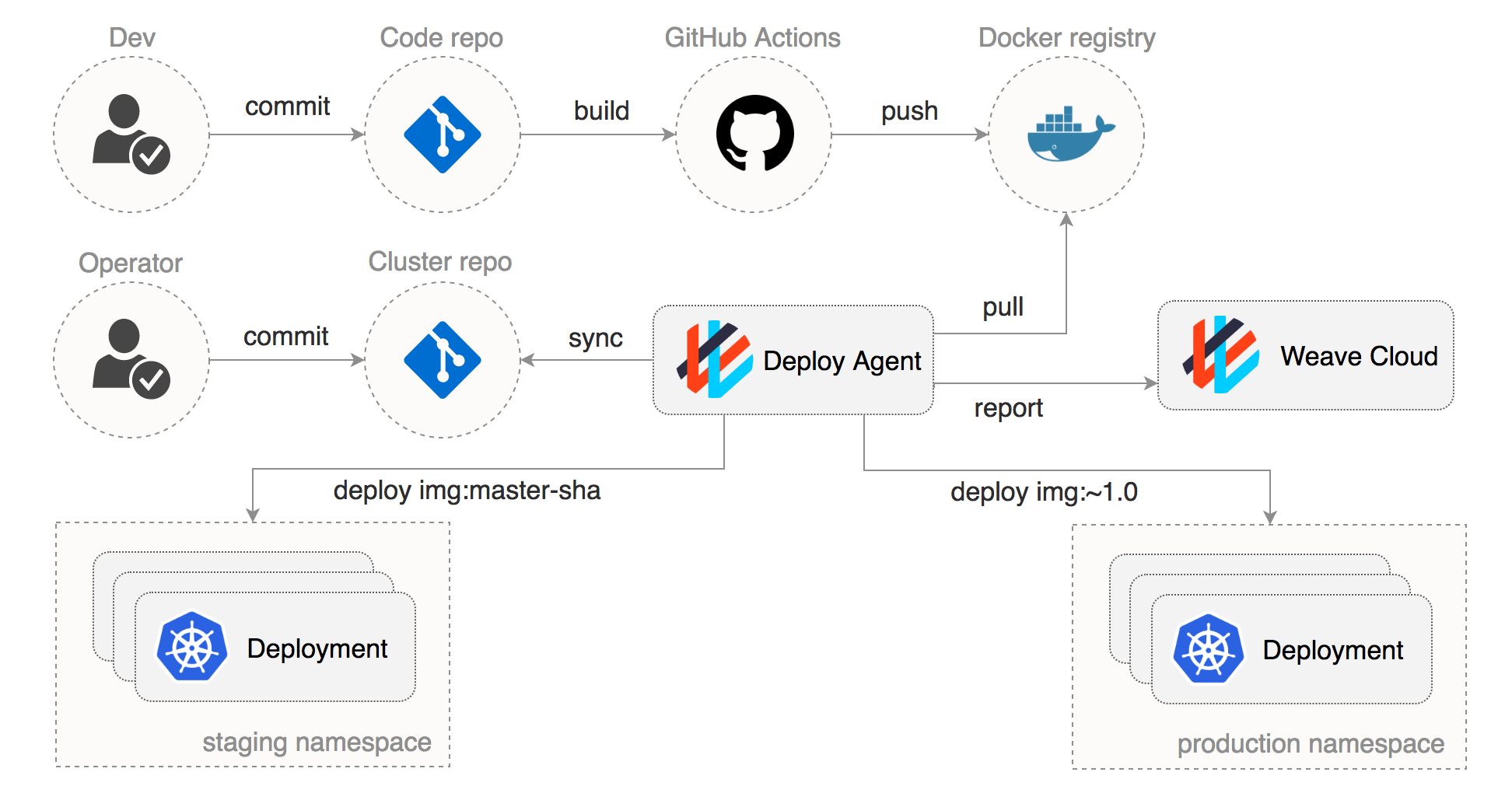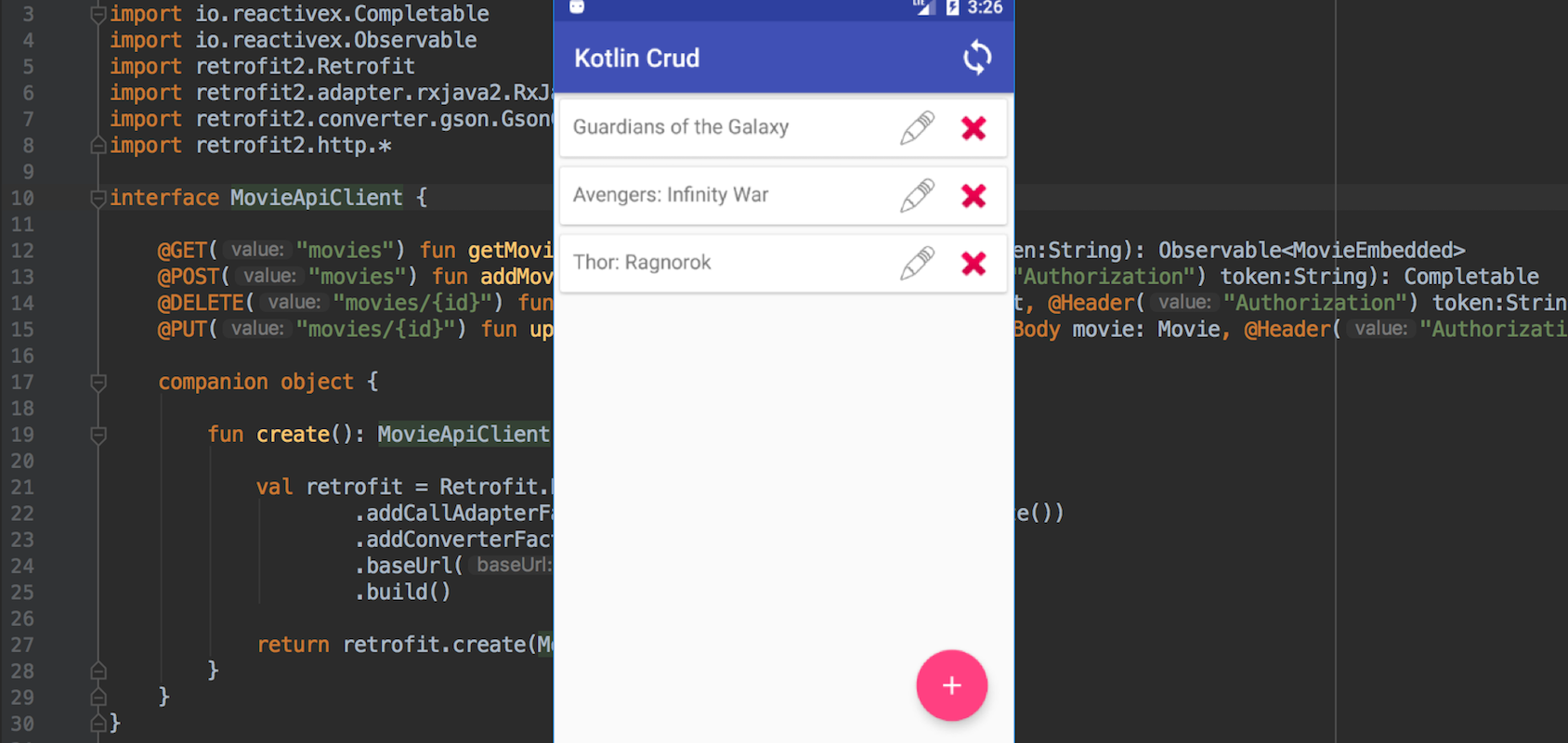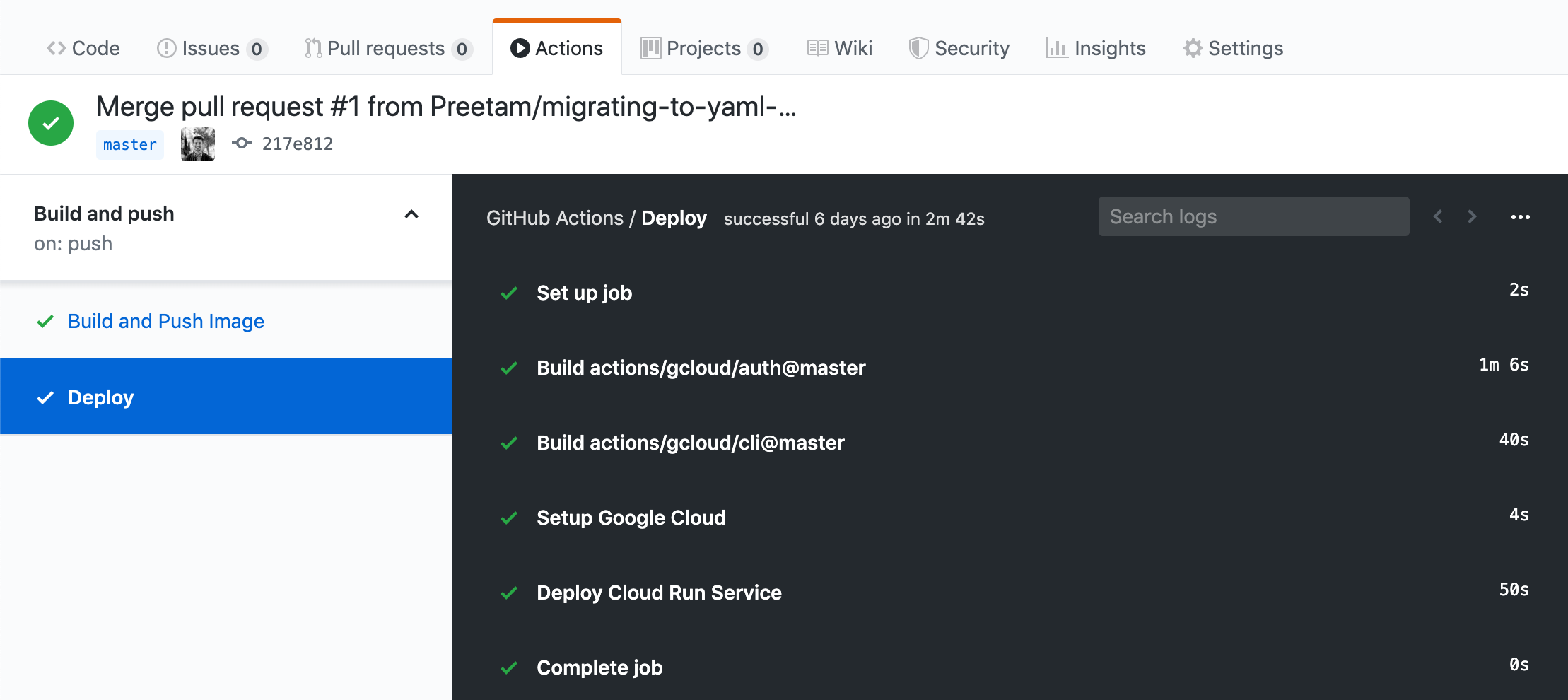



Updated android/app/src/main/AndroidManifest.xmlĪpplying these changes will modify your source files. Updated ios/App/App.xcodeproj/project.pbxproj The command first lists everything which is going to change and asks se if I want to apply them: run android versionName 1.3.1 This specifies the used configuration file (which is config.yaml in my case) and also specifies the native projects for Android and iOS (which are the defaults for a Capacitor app in this case). In this example the Android version name and the iOS version are getting updated to 1.3.1.Īs you can see my current application has a version called 1.3.0.įor taking the Trapeze configuration to action I'll run: npx trapeze run config.yaml -android-project android -ios-project ios/App With Trapeze there are 2 ways to configure your project: With YAML configuration files or using the Javascript/Typescript API which is provided by the get now started with a configuration a config.yaml file needs to be created inside the project. Hint: Make sure you have a correct JAVA_HOME environment variable set so Trapeze can find the correct Java installation for Android support. To add Trapeze to your existing project it's easy as everything in the Ionic universe: npm install It's that simple!

The even better news is: It's not only working with Capacitor projects it's also working with native projects (Xcode, Kotlin), Flutter, Electron and more!Įxample: In this article I'll cover some Trapeze functions and benefits by using an existing Ionic Capacitor application. The good news is, that the Ionic team takes care of them with Trapeze. Some developers are missing the configuration options from Cordova in their Capacitor projects. This should take place in the development platform which has previously served by the Cordova project. The Ionic team has build a new library called Trapeze (or also known as Capacitor Configure before) which should handle the configuration of mobile projects. Depending on the distribution platforms like iOS and/or Android this can get complicated very soon. If you're developing a whitelist application or an application which should be configured by an CI/CD pipeline you often need to deal with different types configuration. The Trapeze configuration is a new configuration library for building and managing your mobile applications. Part 2 (coming later) will cover a more detailed version of the Trapeze configuration including. We'll cover which benefits it's providing and how you can use it. It gives a short introduction for the core concepts of Trapeze in connection with Github Actions. I wanted to unit test some component - responsible for displaying few fields of date time.| 6 Minutes What you can expect from this article? Slightly modified it, added some steps: name: BuildĬheckout code, run unit tests, publish test results, run static code analysis.


 0 kommentar(er)
0 kommentar(er)
